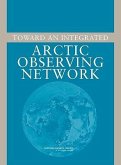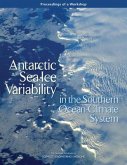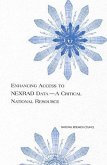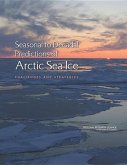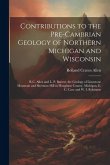The high latitudes of the Arctic and Antarctic, together with some mountainous areas with glaciers and long-lasting snow, are sometimes called the cryosphere-defined as that portion of the planet where water is perennially or seasonally frozen as sea ice, snow cover, permafrost, ice sheets, and glaciers. Variations in the extent and characteristics of surface ice and snow in the high latitudes are of fundamental importance to global climate because of the amount of the sun's radiation that is reflected from these often white surfaces. Thus, the cryosphere is an important frontier for scientists seeking to understand past climate events, current weather, and climate variability. Obtaining the data necessary for such research requires the capability to observe and measure a variety of characteristics and processes exhibited by major ice sheets and large-scale patterns of snow and sea ice extent, and much of these data are gathered using satellites. As part of its efforts to better support the researchers studying the cryosphere and climate, the National Aeronautics and Space Administration (NASA)-using sophisticated satellite technology-measures a range of variables from atmospheric temperature, cloud properties, and aerosol concentration to ice sheet elevation, snow cover on land, and ocean salinity. These raw data are compiled and processed into products, or data sets, useful to scientists. These so-called "polar geophysical data sets" can then be studied and interpreted to answer questions related to atmosphere and climate, ice sheets, terrestrial systems, sea ice, ocean processes, and many other phenomena in the cryosphere. The goal of this report is to provide a brief review of the strategy, scope, and quality of existing polar geophysical data sets and help NASA find ways to make these products and future polar data sets more useful to researchers, especially those working on the global change questions that lie at the heart of NASA's Earth Science Enterprise.
Hinweis: Dieser Artikel kann nur an eine deutsche Lieferadresse ausgeliefert werden.
Hinweis: Dieser Artikel kann nur an eine deutsche Lieferadresse ausgeliefert werden.


